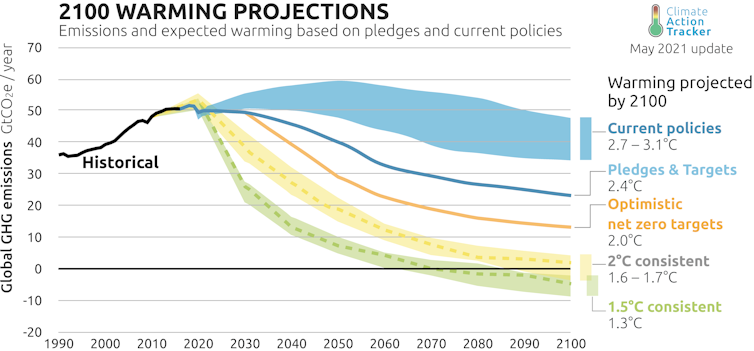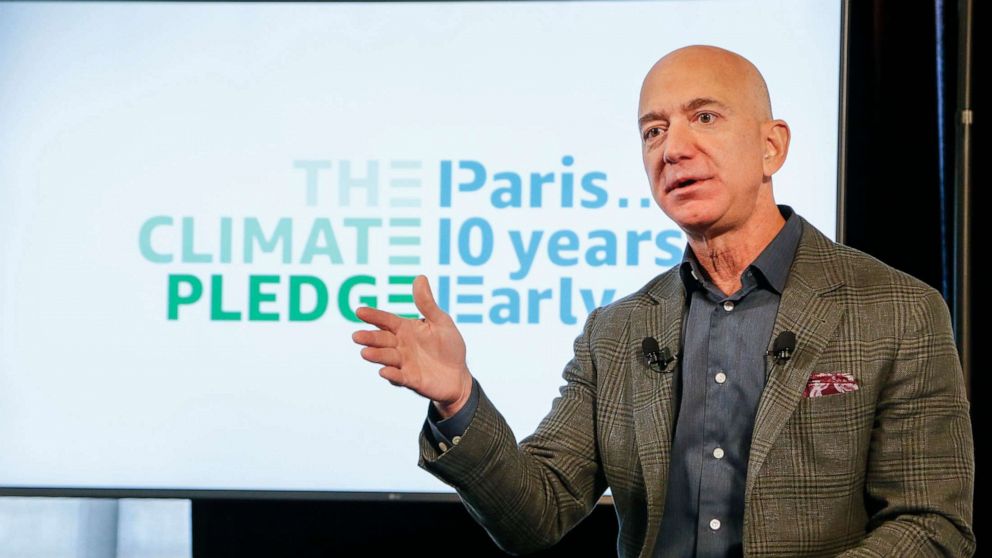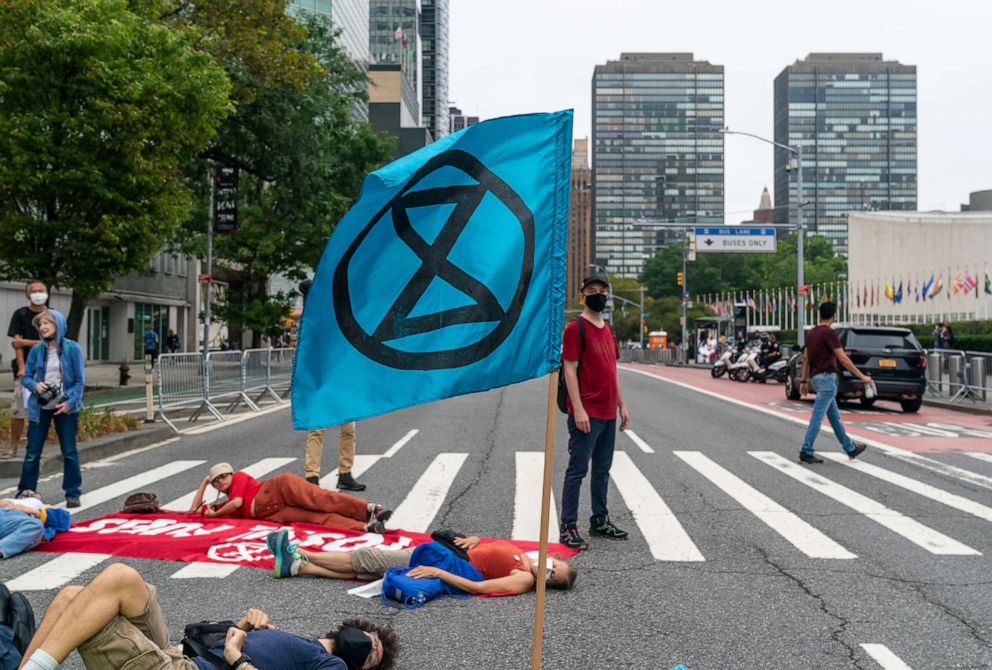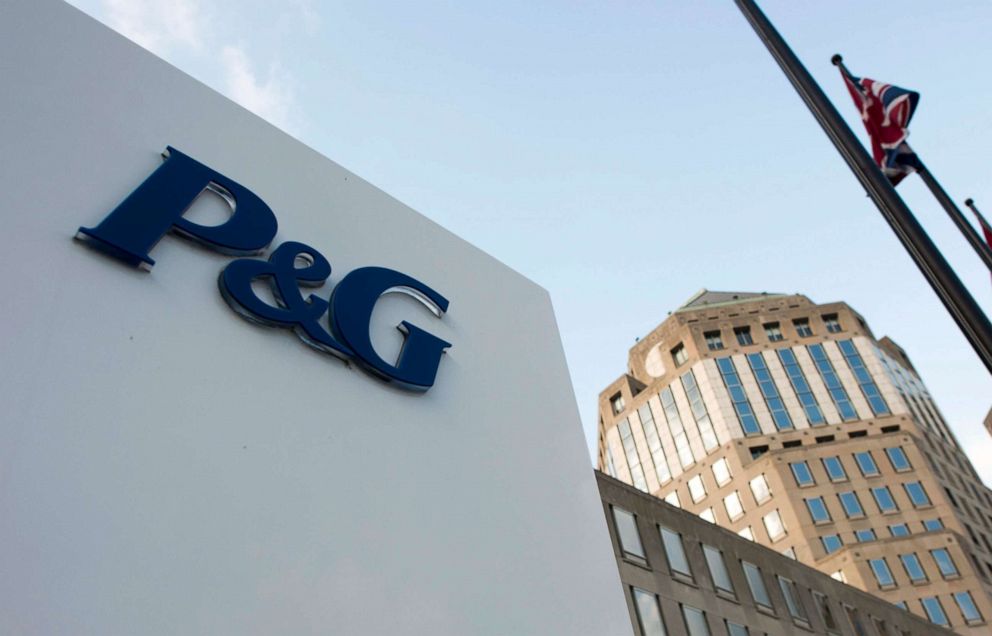Rolls-Royce Is Developing a Nuclear Reactor for Mining the Moon and Mars
The firm is looking into how a micro-nuclear reactor could be used to propel rockets while in space.
Sep 19, 2021

Rolls-Royce is working on a nuclear reactor in order to power mining operations on the Moon and even Mars, The Mail on Sunday reported. The firm released a joint study into nuclear power options for space rockets with the UK Space Agency earlier this year.
The firm is looking into how a micro-nuclear reactor could be used to propel rockets while in space at huge speeds and how that technology could then be redeployed to provide energy for drilling, processing, and storage for "Moon mining" and possibly "Mars mining."
Dave Gordon, head of the company's defense division, said this work is possible thanks to Jeff Bezos and Elon Musk and their respective space companies.
He added that's Rolls-Royce is the only company on the planet that does mechanical, electrical, and nuclear and a full end-to-end lifecycle of nuclear capability. He also noted that the firm could use its experience in developing nuclear-powered submarines for the Royal Navy for 60 years to apply what it learned to spacecraft since submarines and spacecraft are somewhat similar.
They are both "non-air breathing environments, long endurance, super reliable with a very dense power source."
Gordon finally emphasized that there is a huge shortage of rare earth metals on Earth that can instead be found on other planets and the moon. This is why he believes Moon mining and Mars mining will hopefully happen in his lifetime.
These new activities, argues Gordon, will have to be powered by nuclear as solar is not an option at those distances. Rolls-Royce is not the only firm to have such ambitious goals.
Three companies, including Lunar Outpost, Honeybee Robotics, and Masten Space Systems, are developing a novel system aimed at mining water ice from the moon with rockets. They hope to reach their target by 2023.
In addition, a team of researchers from the University of Arizona received a $500,000 grant from NASA to develop space-mining methods. What they are developing is a swarm of autonomous robots that could search and mine for rare earth metals on the Moon.
It has also been said that the world's first trillionaires will be the ones who make their fortune in asteroid mining. This fact has been predicted by people like famed futurist Peter Diamandis, astrophysicist Neil deGrasse Tyson, and financial firm Goldmann Sachs.
Rolls-Royce says working on nuclear reactor for space mining
Monday September 20, 2021
(Kitco News) - According to a report by The Mail on Sunday, Rolls-Royce is developing a nuclear power reactor that will be capable of powering mining operations on the Moon and even Mars.
Apparently, the firm is researching how a micro nuclear power reactor could be used to propel rockets while in space at huge speeds and how that technology could then be redeployed to provide energy for drilling, processing, and storage for "Moon mining" and possibly "Mars mining."
According to the study, the Moon's main resources include helium-3, a rare element used in industries such as nuclear fusion which could power onward journeys deeper in to space, using the Moon as a refueling station.
The Moon also boasts water, which could be used to sustain life and can be converted to rocket fuel, and rare earth metals used in electronics such as smartphones and the latest cars. Currently, 90 per cent of the world's rare earth metal supply comes from China, the report found.
However, methods of storage and transportation of resources mined on the Moon back to Earth remain a key debate among researchers, the authors of a report pointed out.
Dave Gordon, head of the company's defense division, said this work is possible thanks to Jeff Bezos and Elon Musk and their respective space companies. He added that Rolls-Royce is the only company globally that does mechanical, electrical, and nuclear and a full end-to-end lifecycle of nuclear capability.
Gordon admitted that to bring the project to fruition would take “hundreds of millions of pounds,” but that early stage work could be achieved for far less.
He added, “There's a huge shortage of rare earth metals. We know they exist on other planets because they all formed from the same thing. This genuinely isn't rocket science. So, mining asteroids, the Moon and Mars will happen, hopefully, in my lifetime.”







